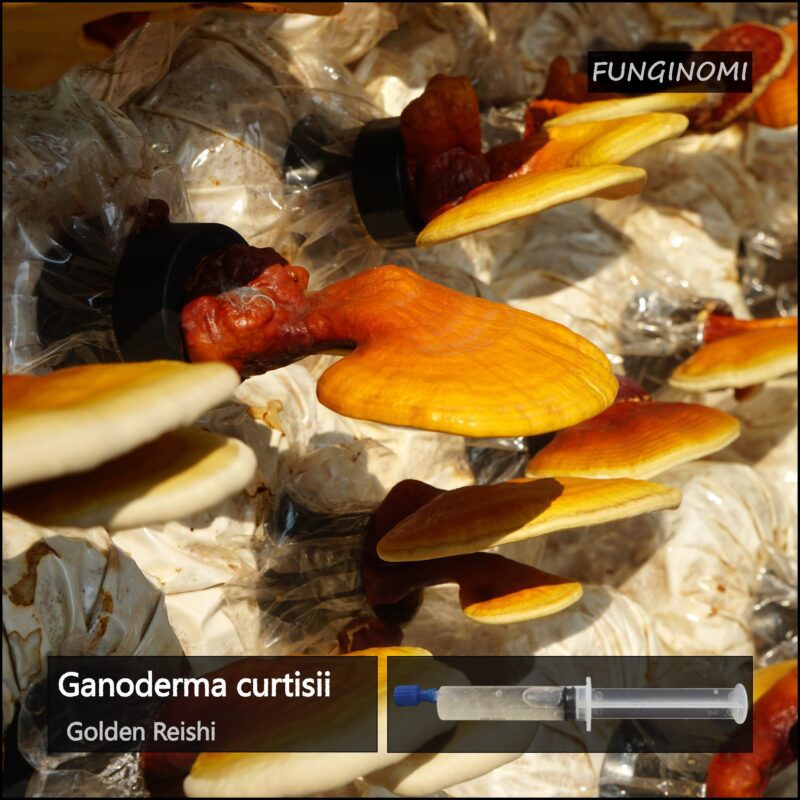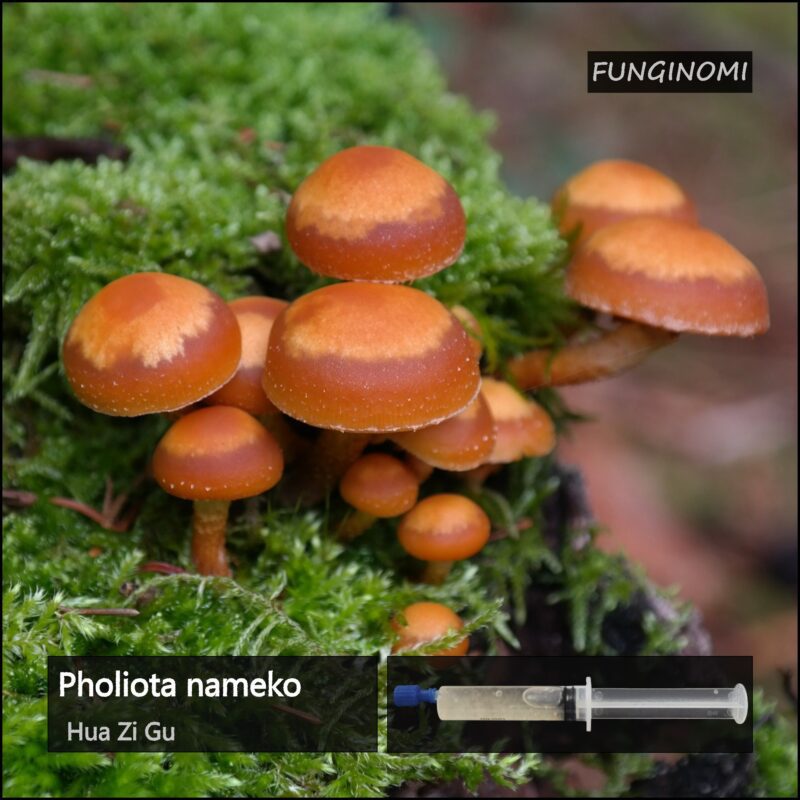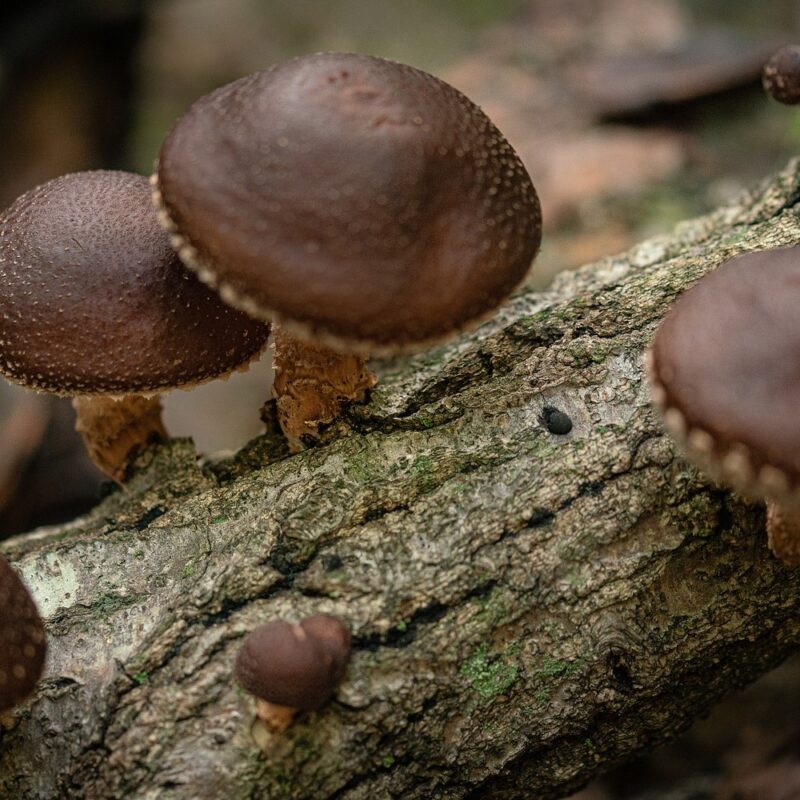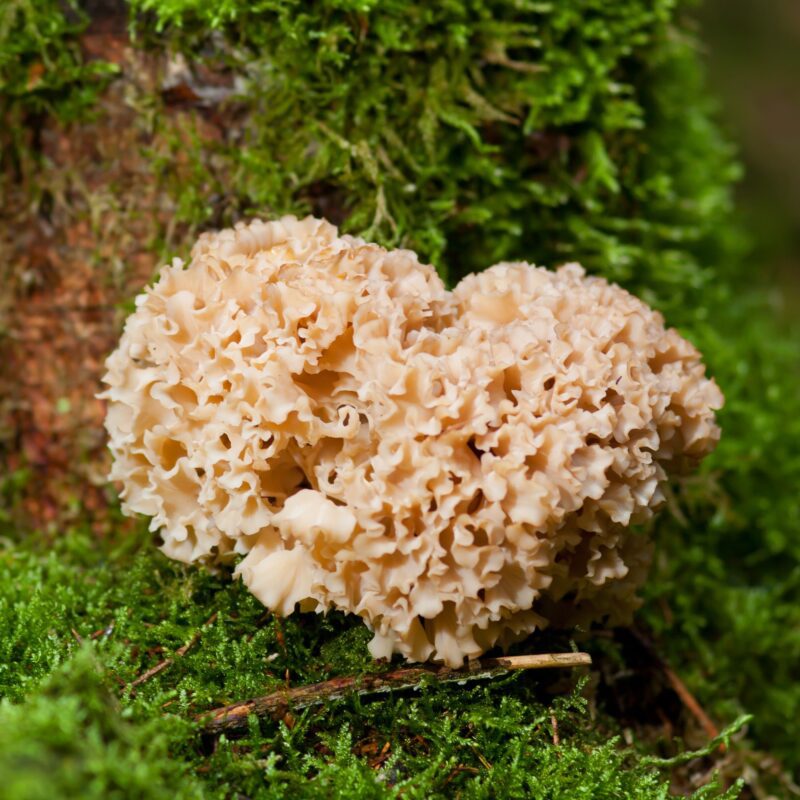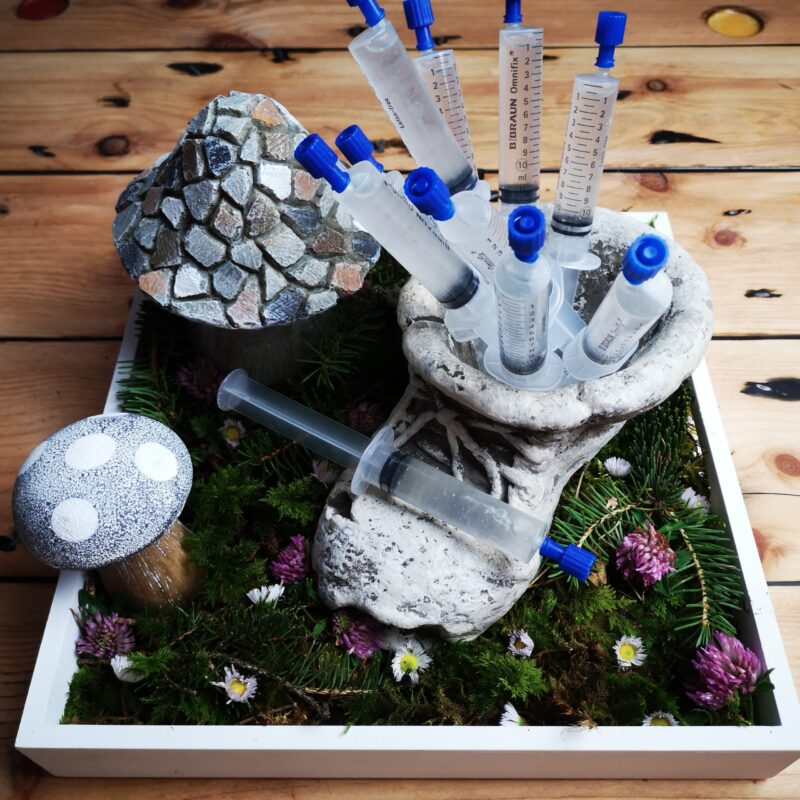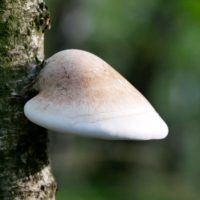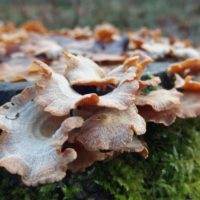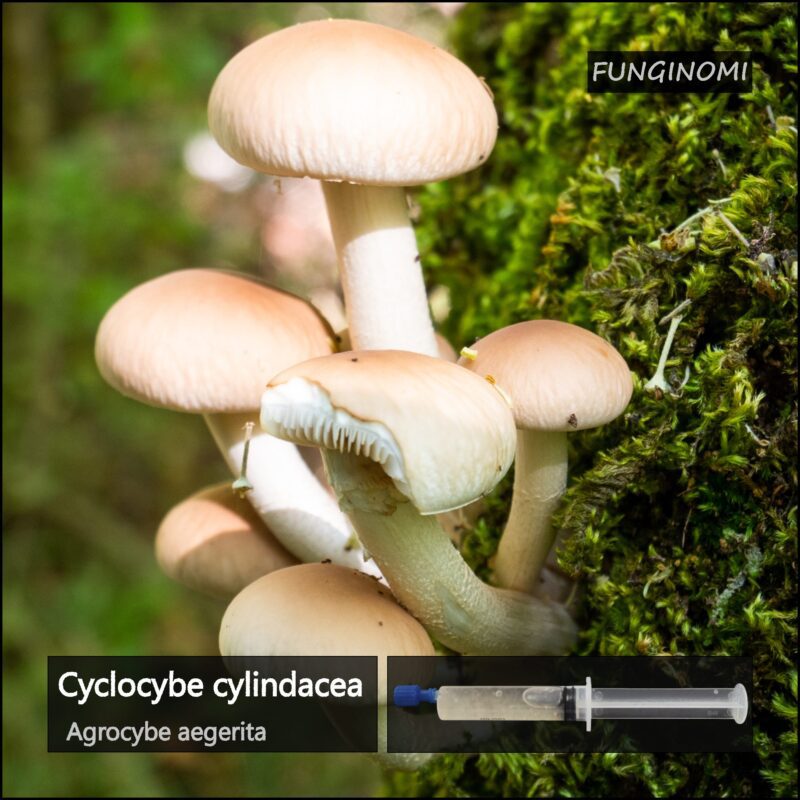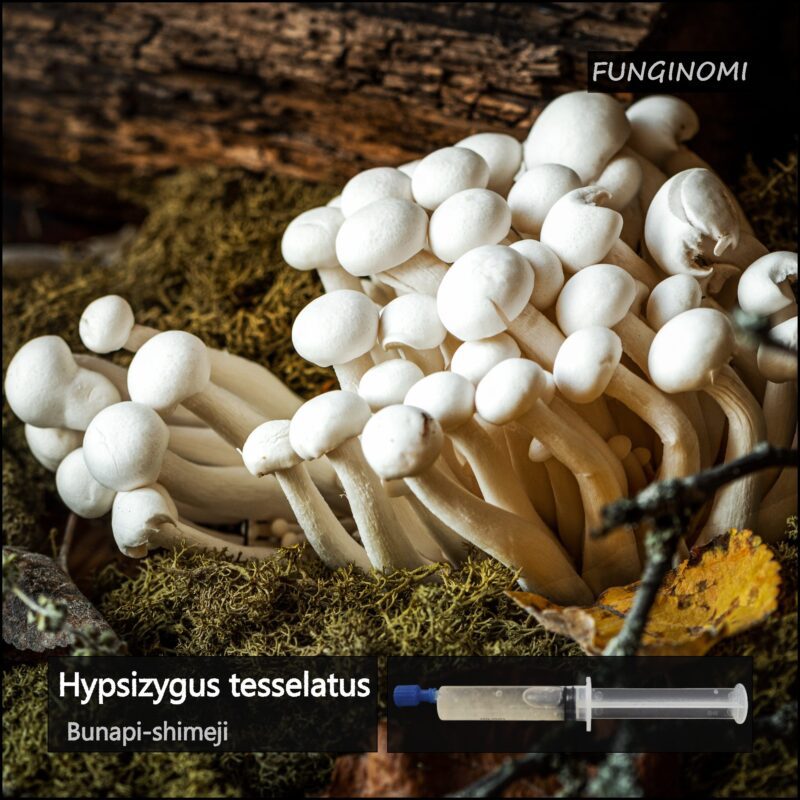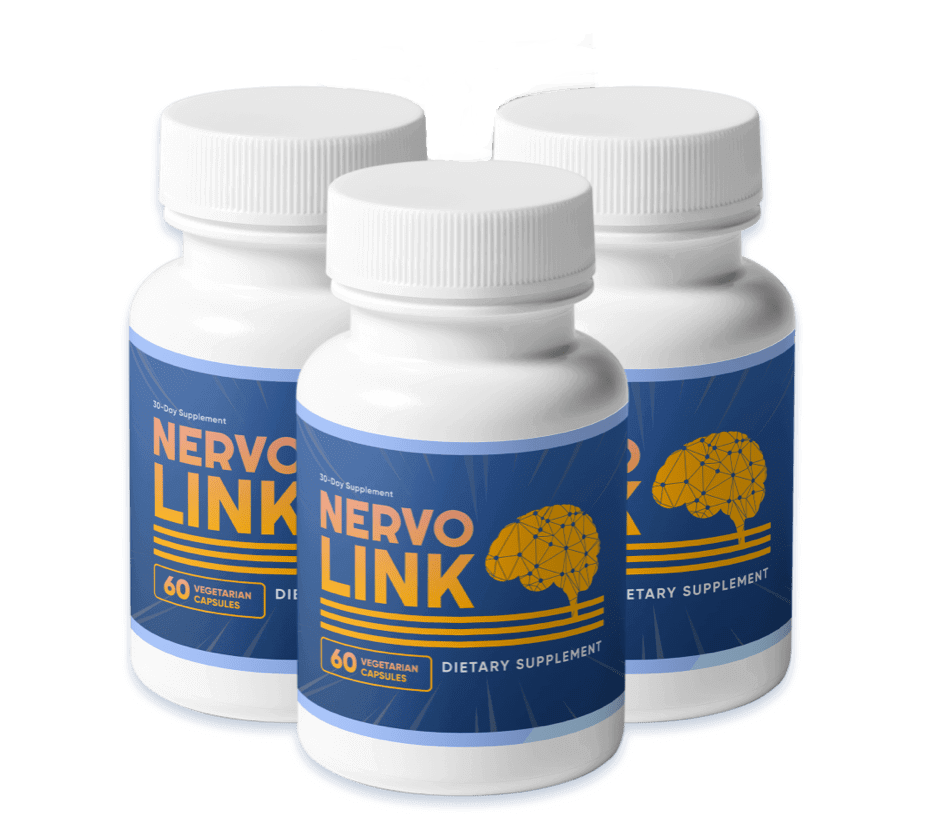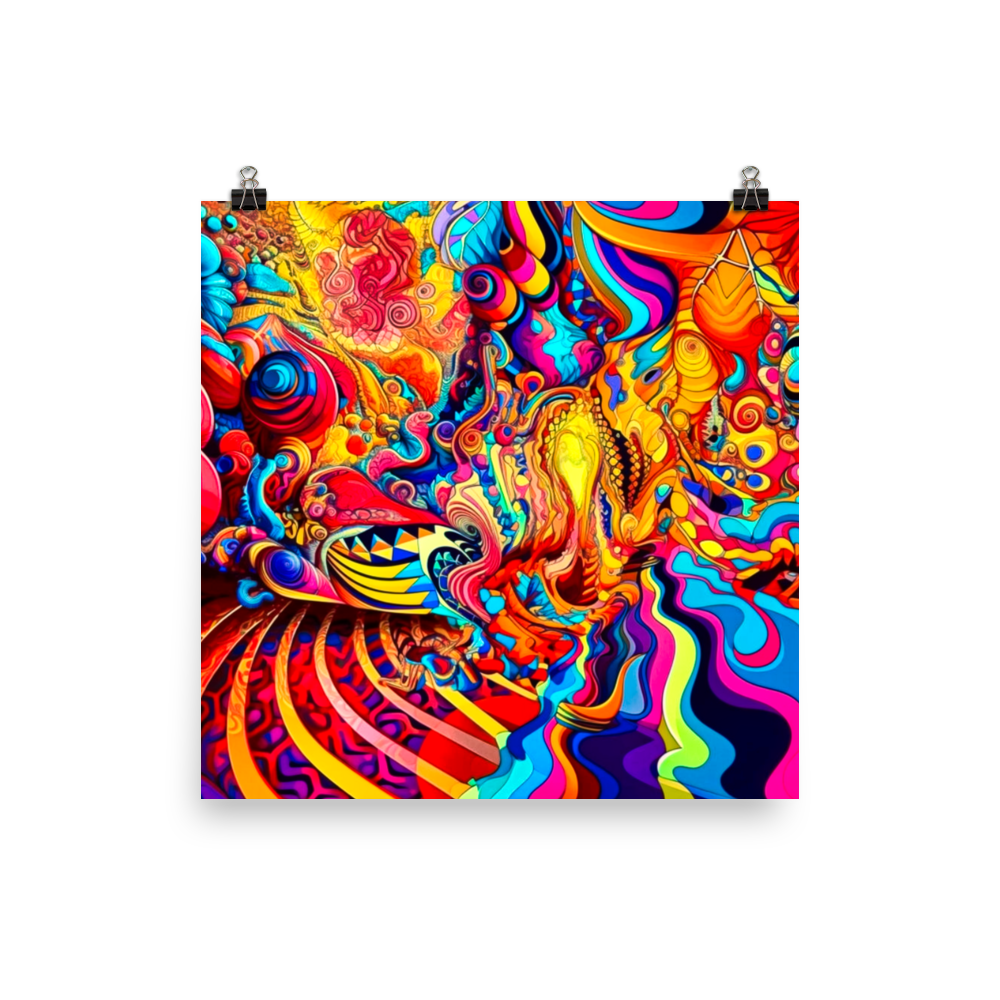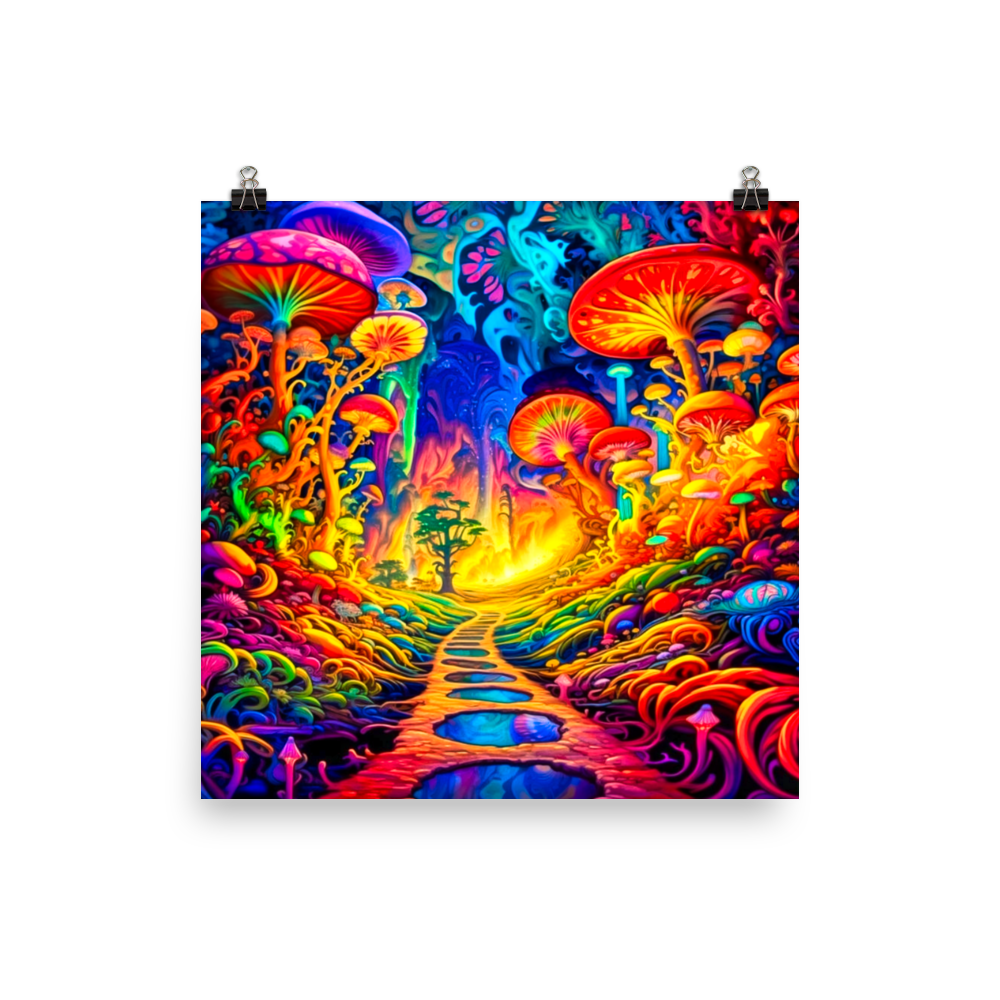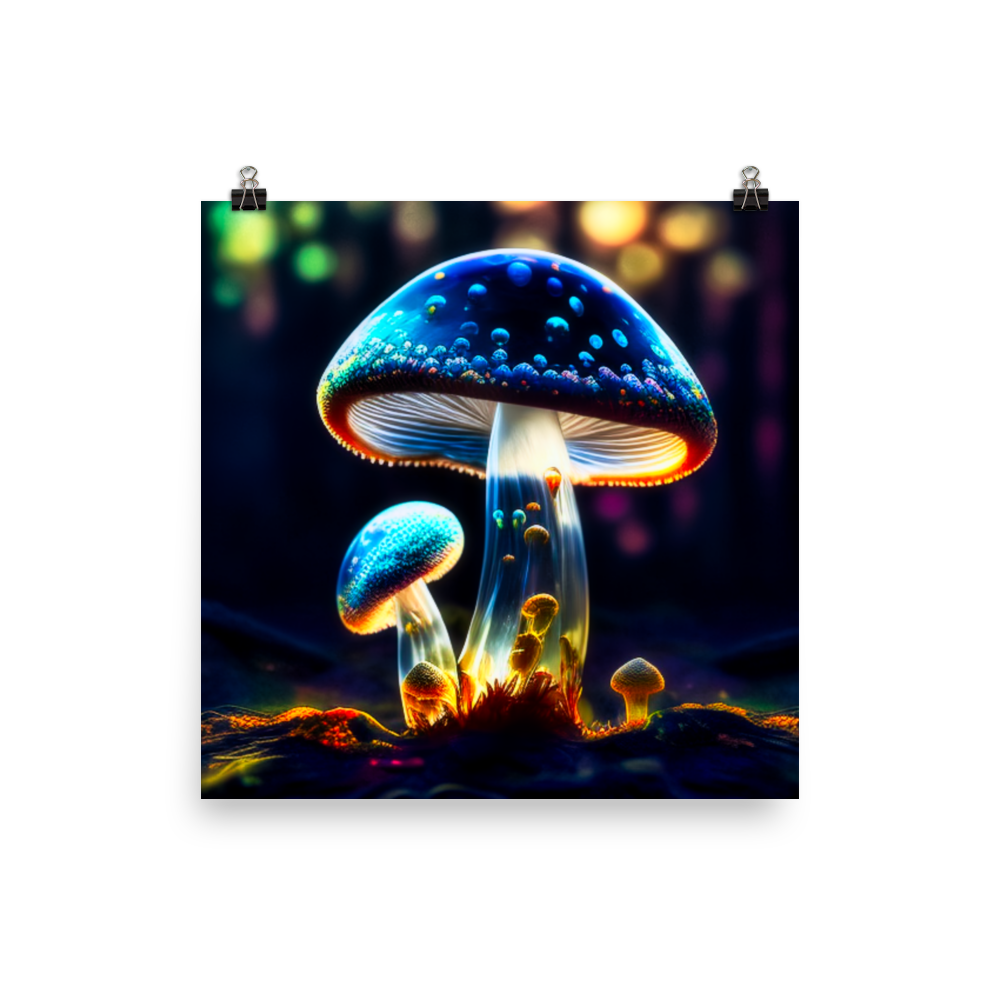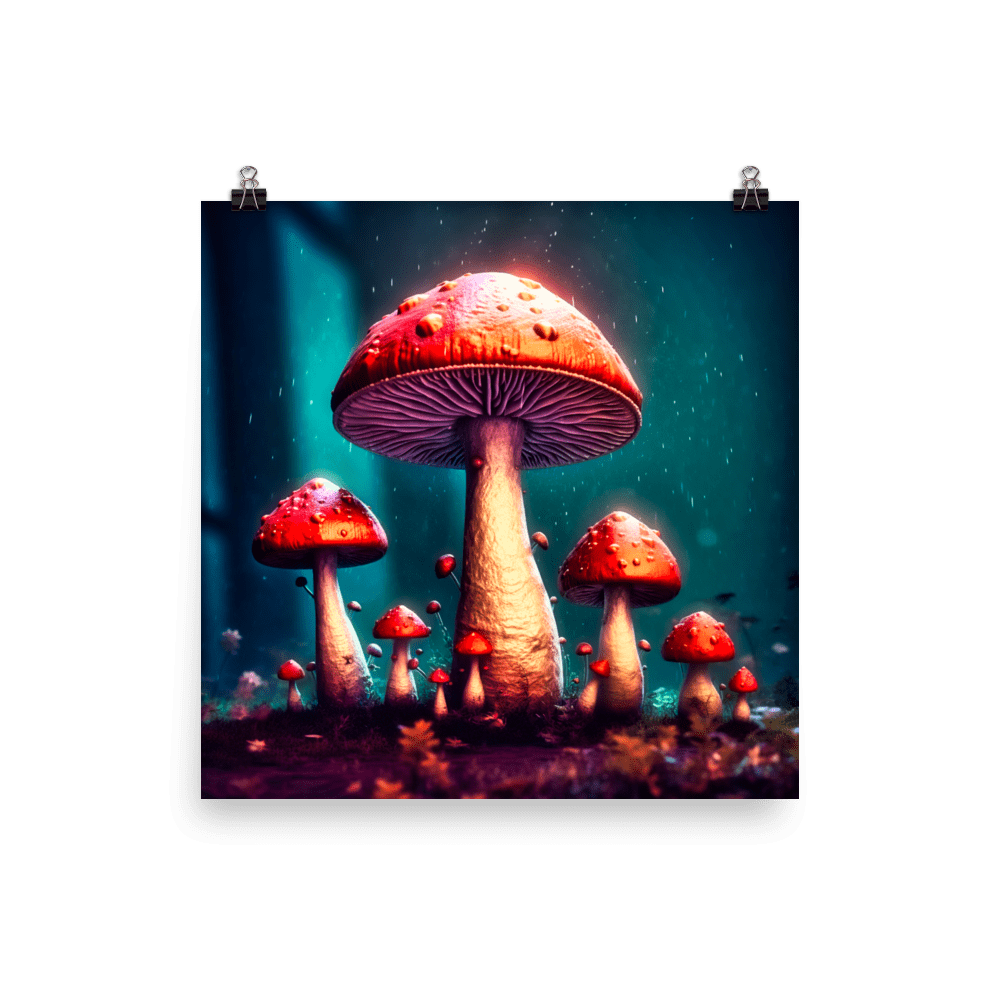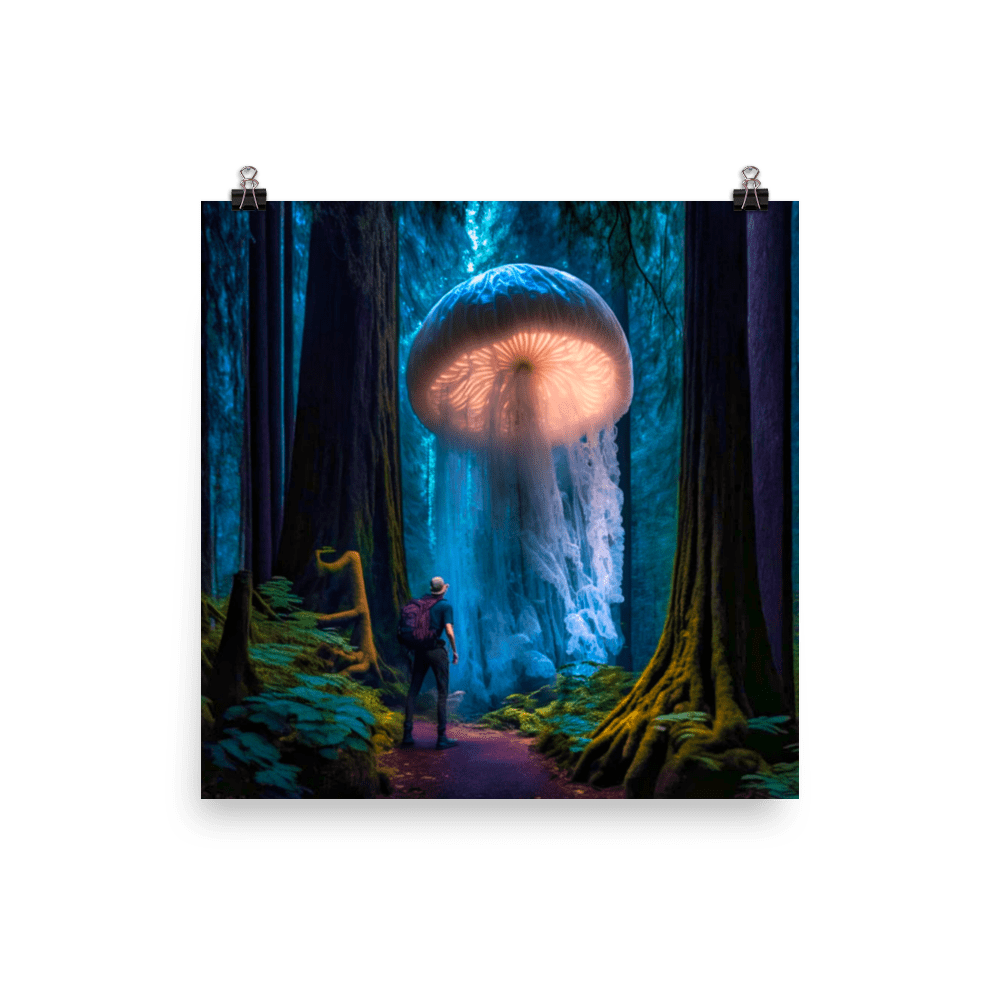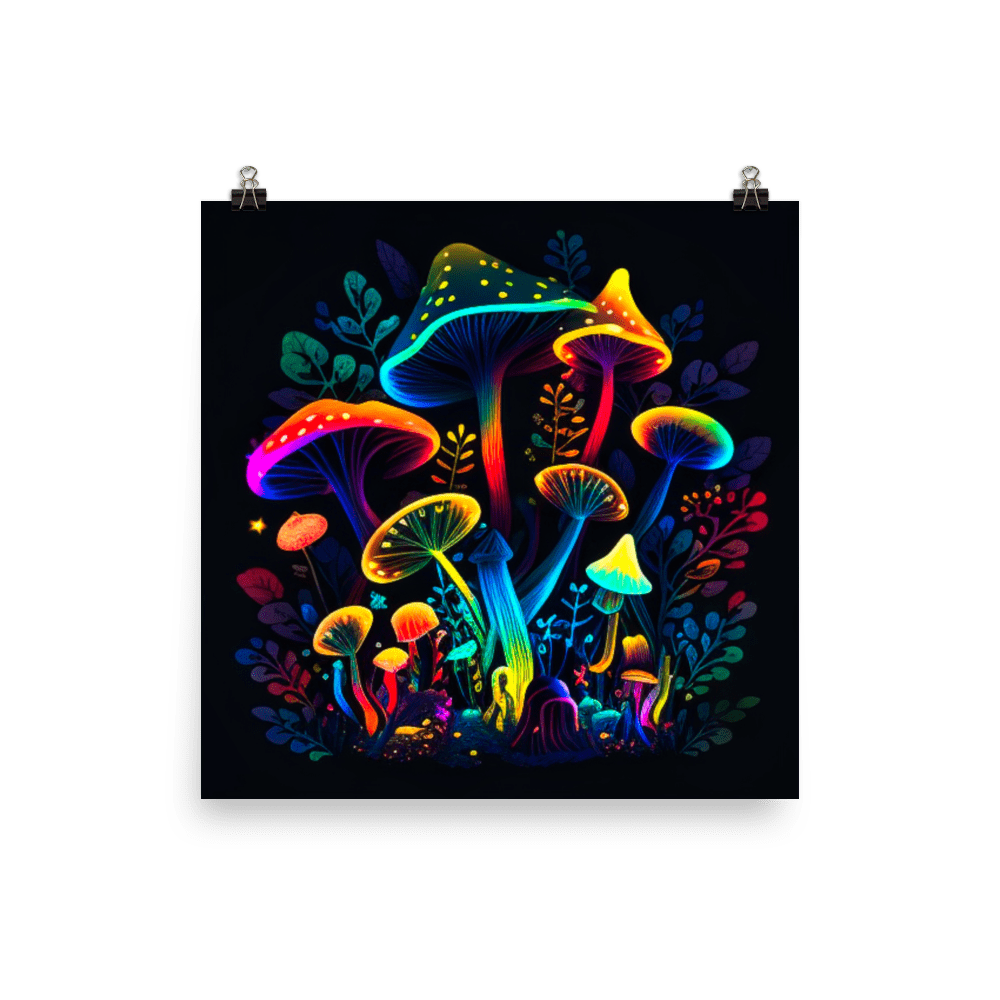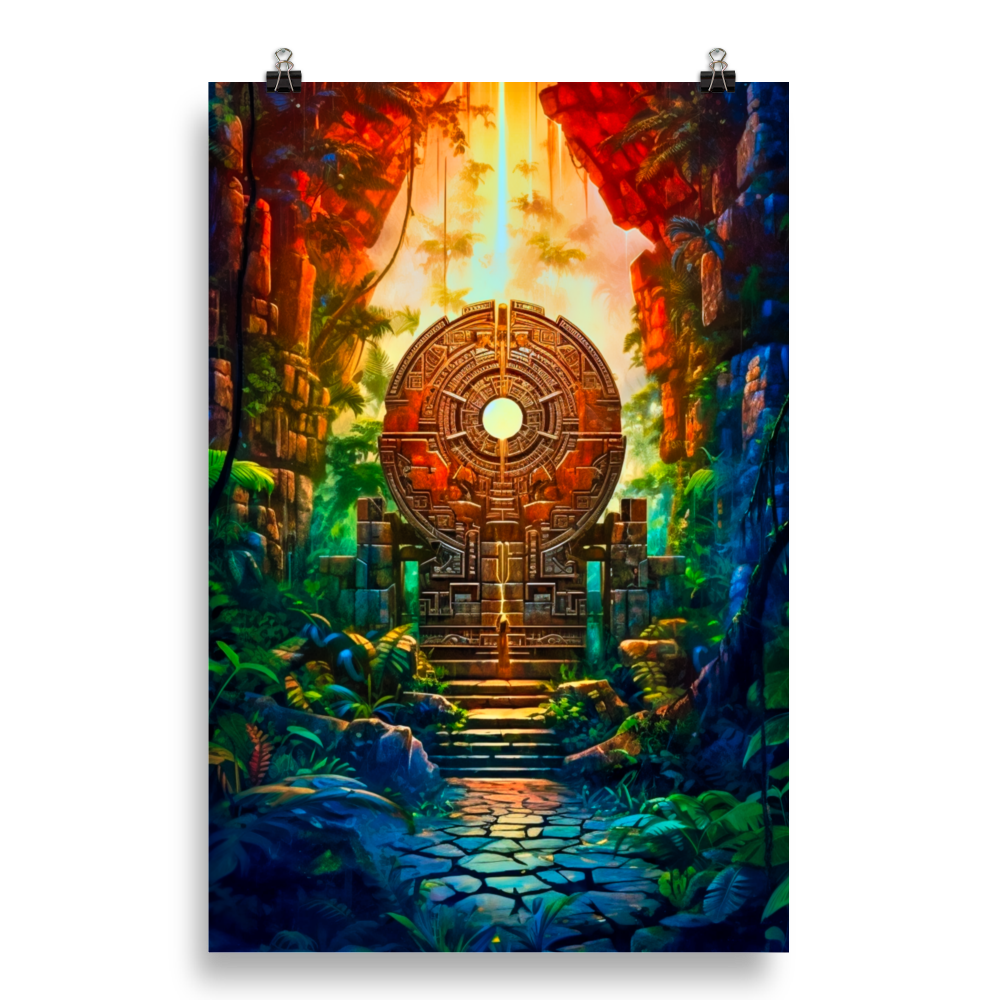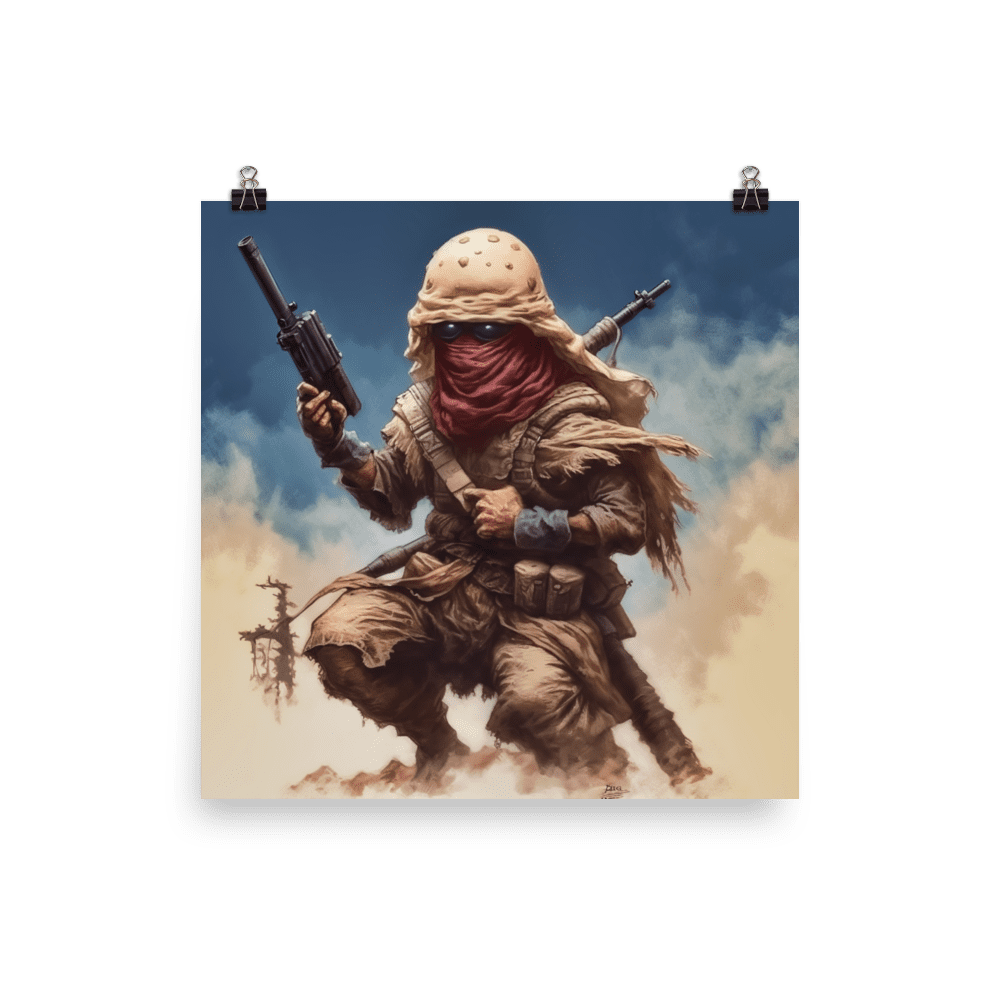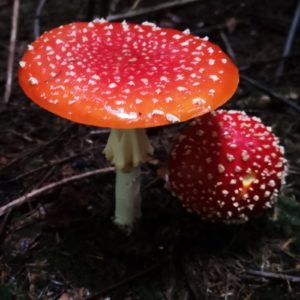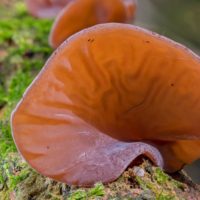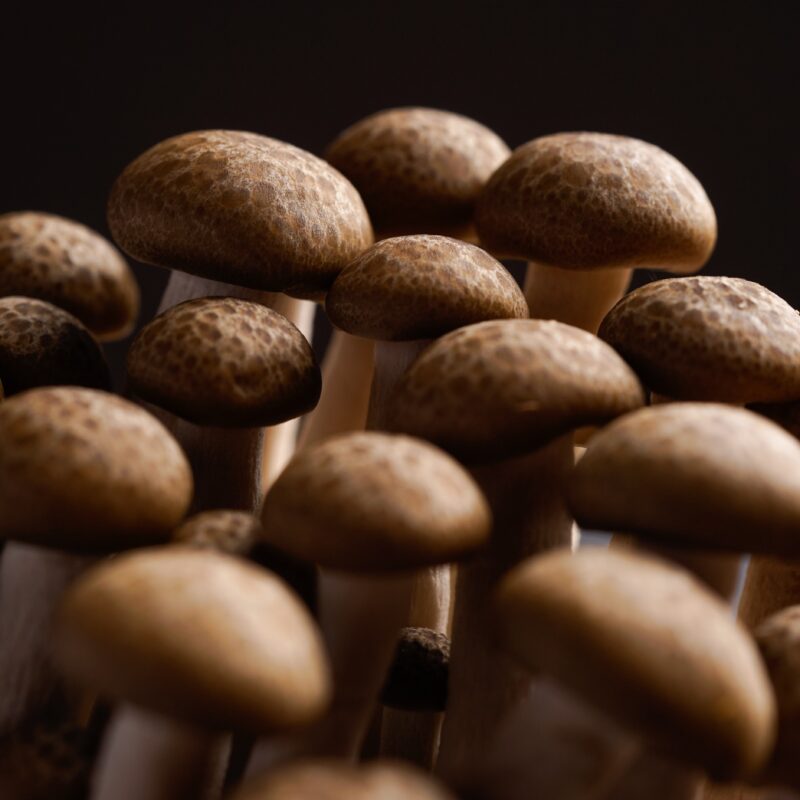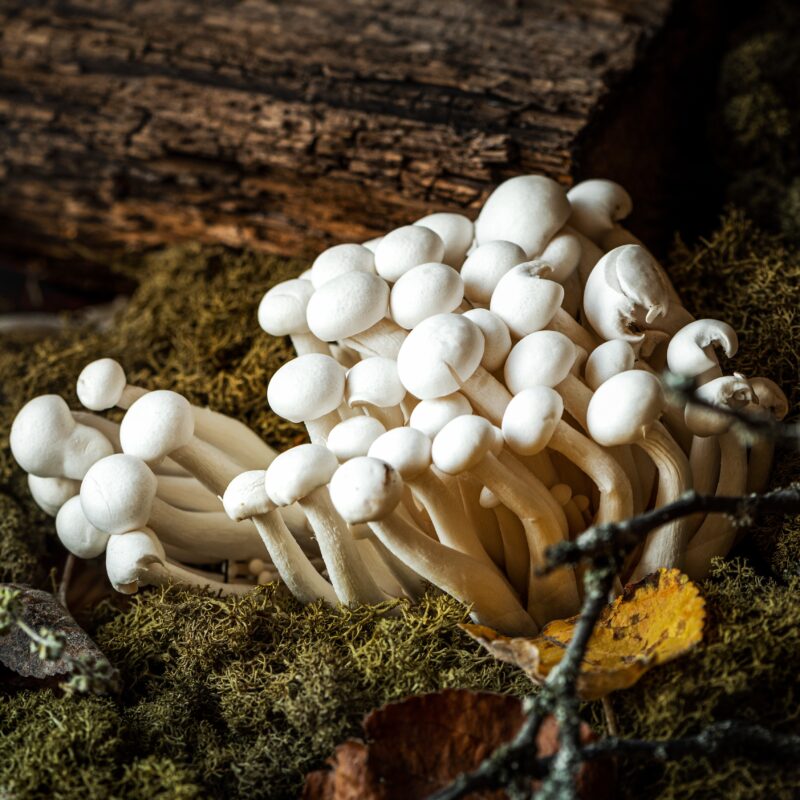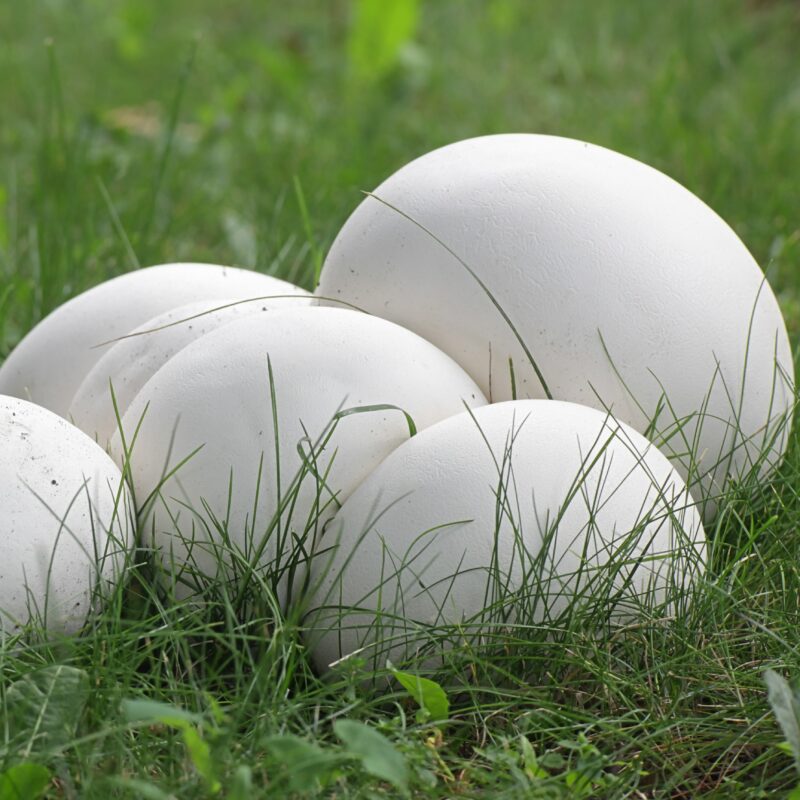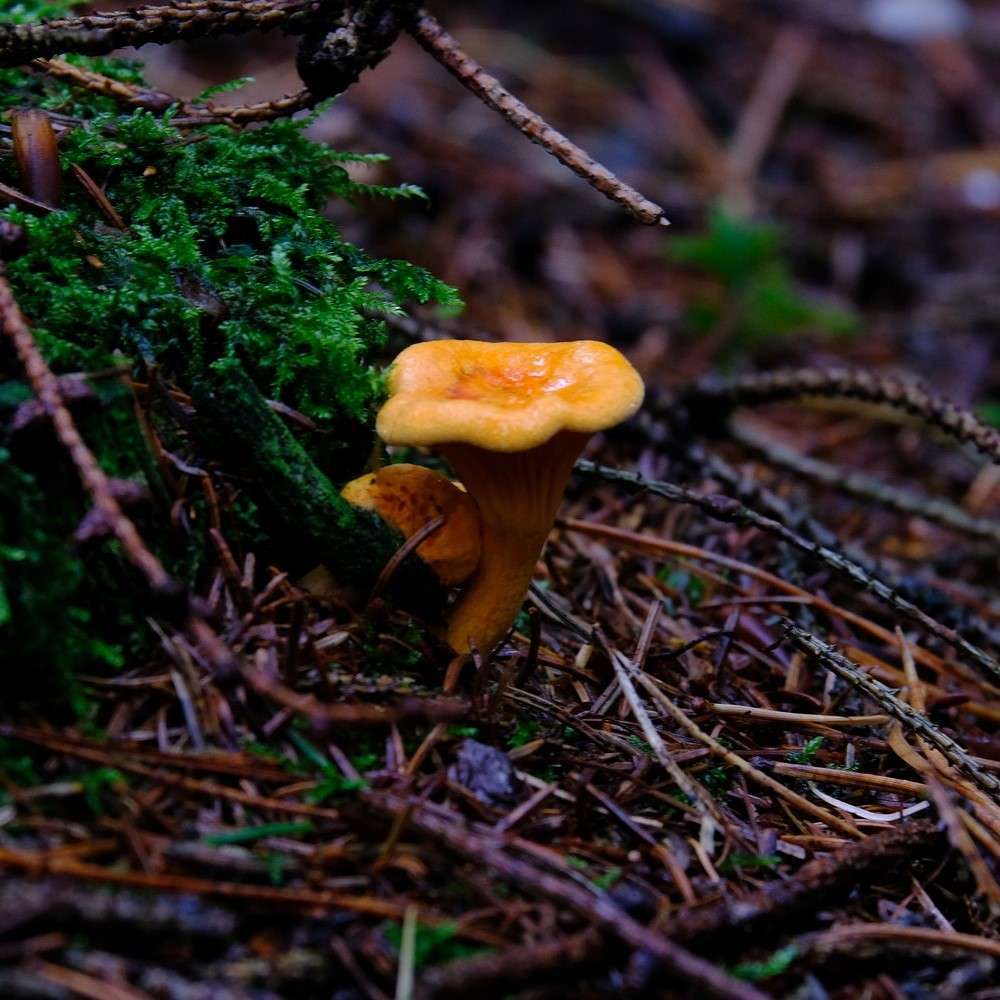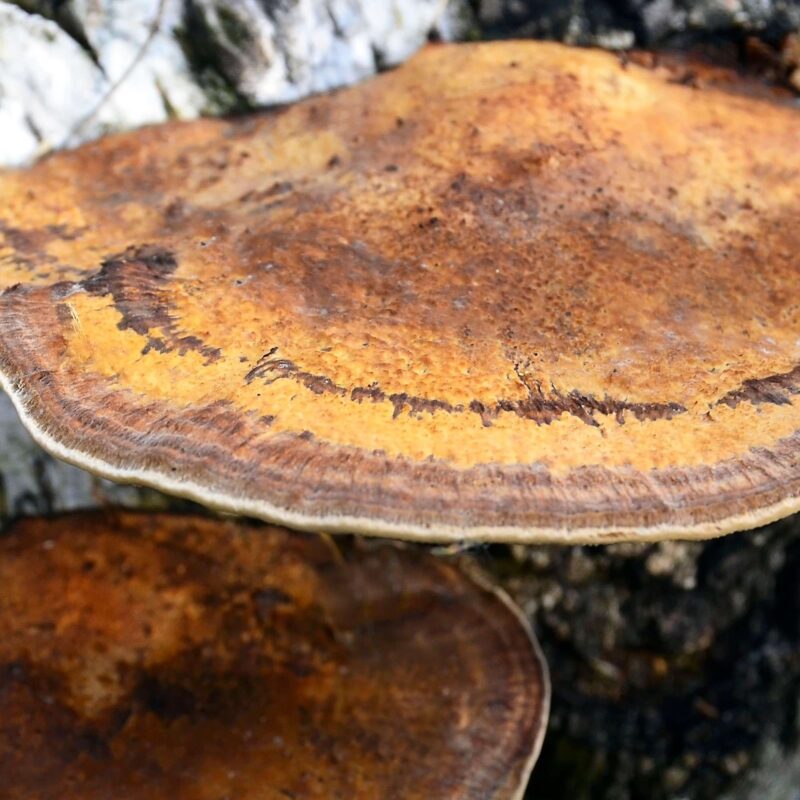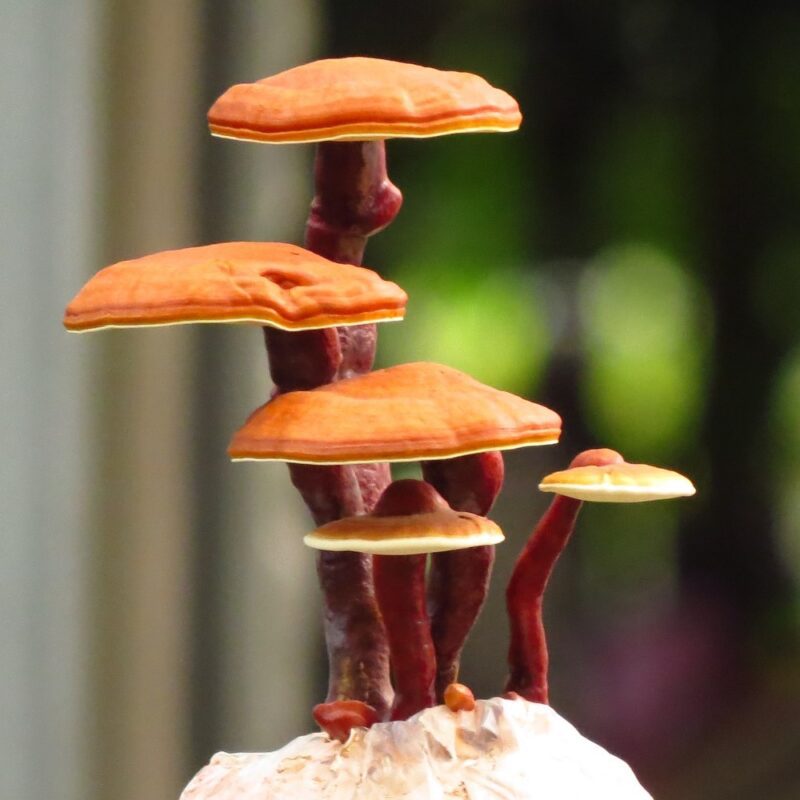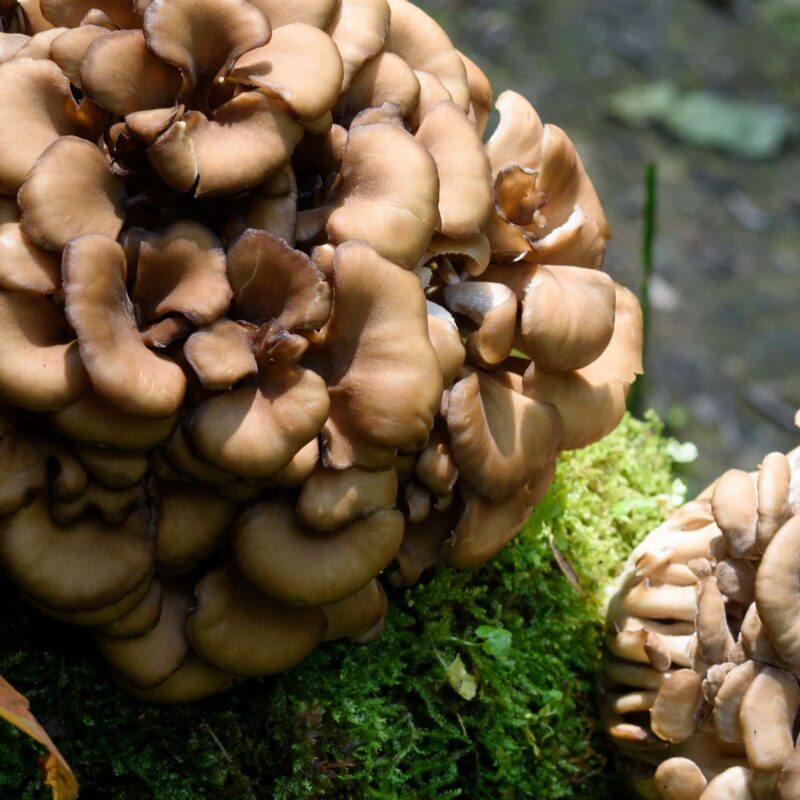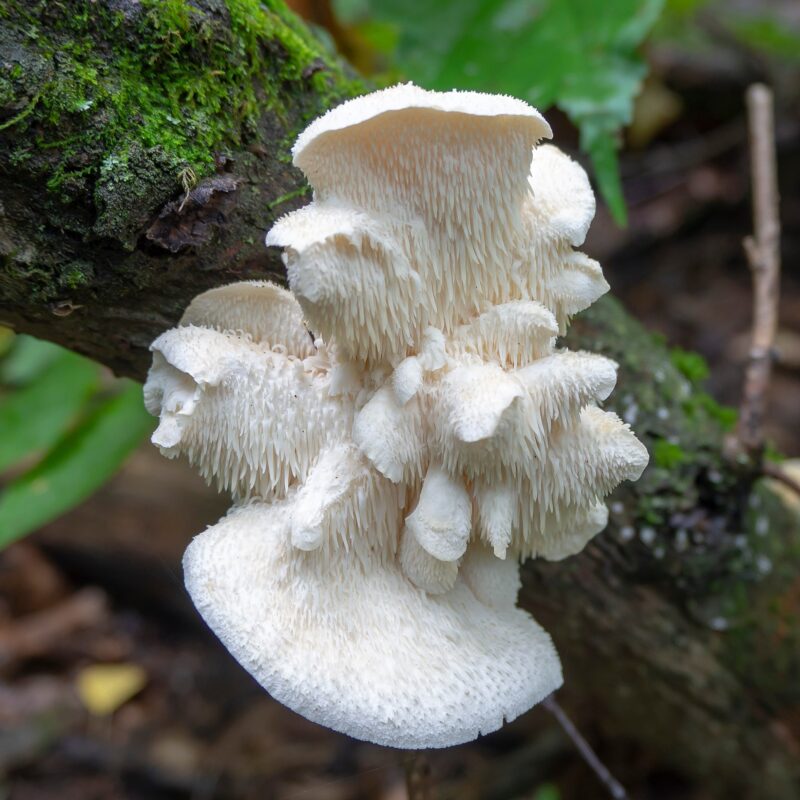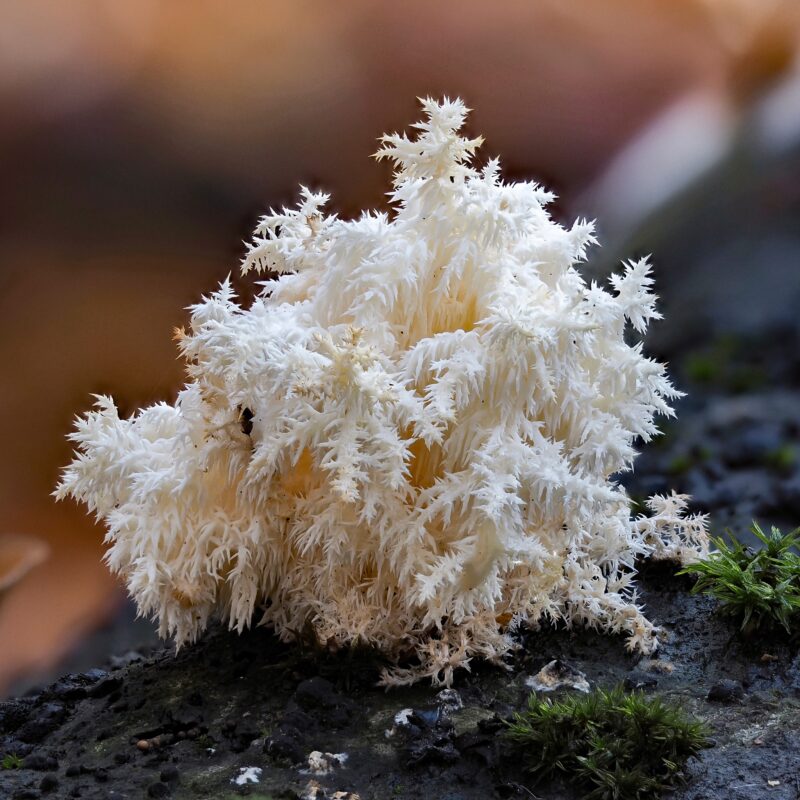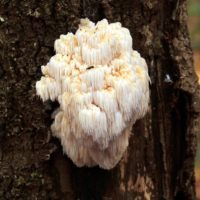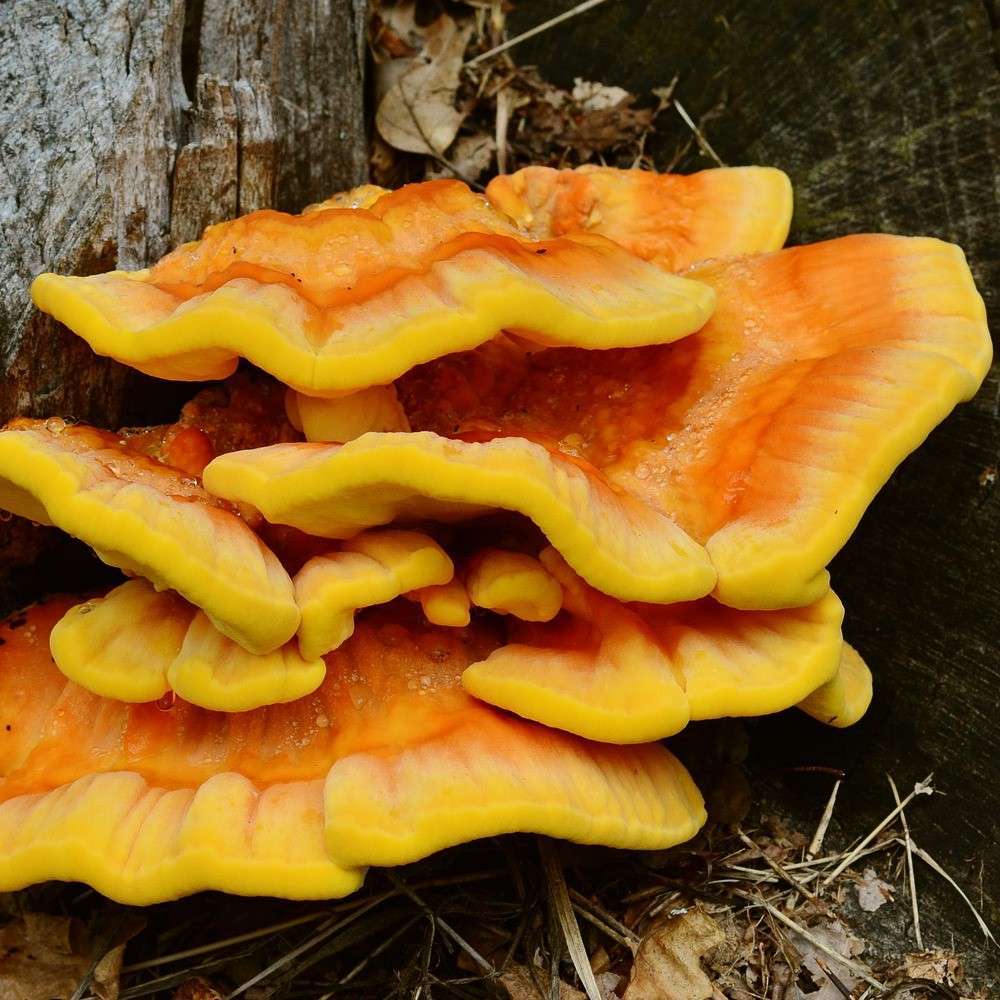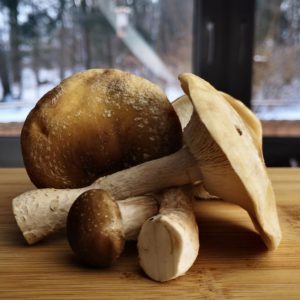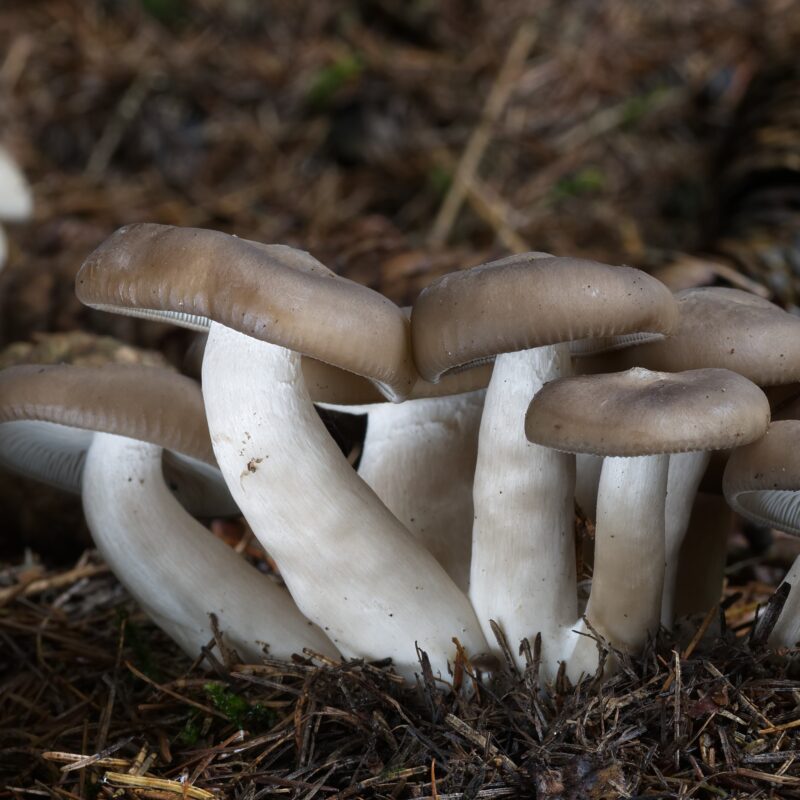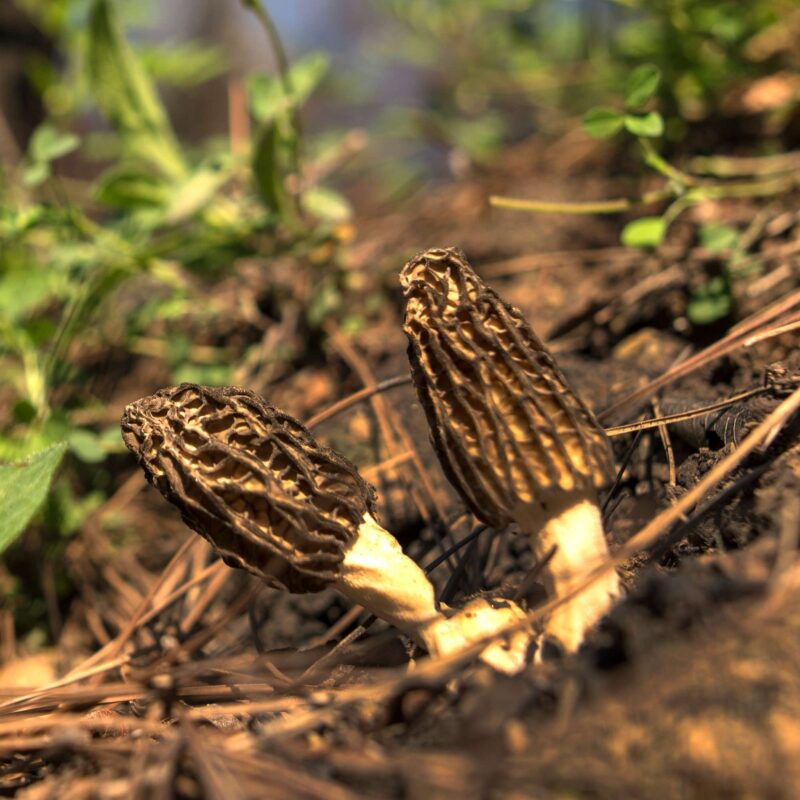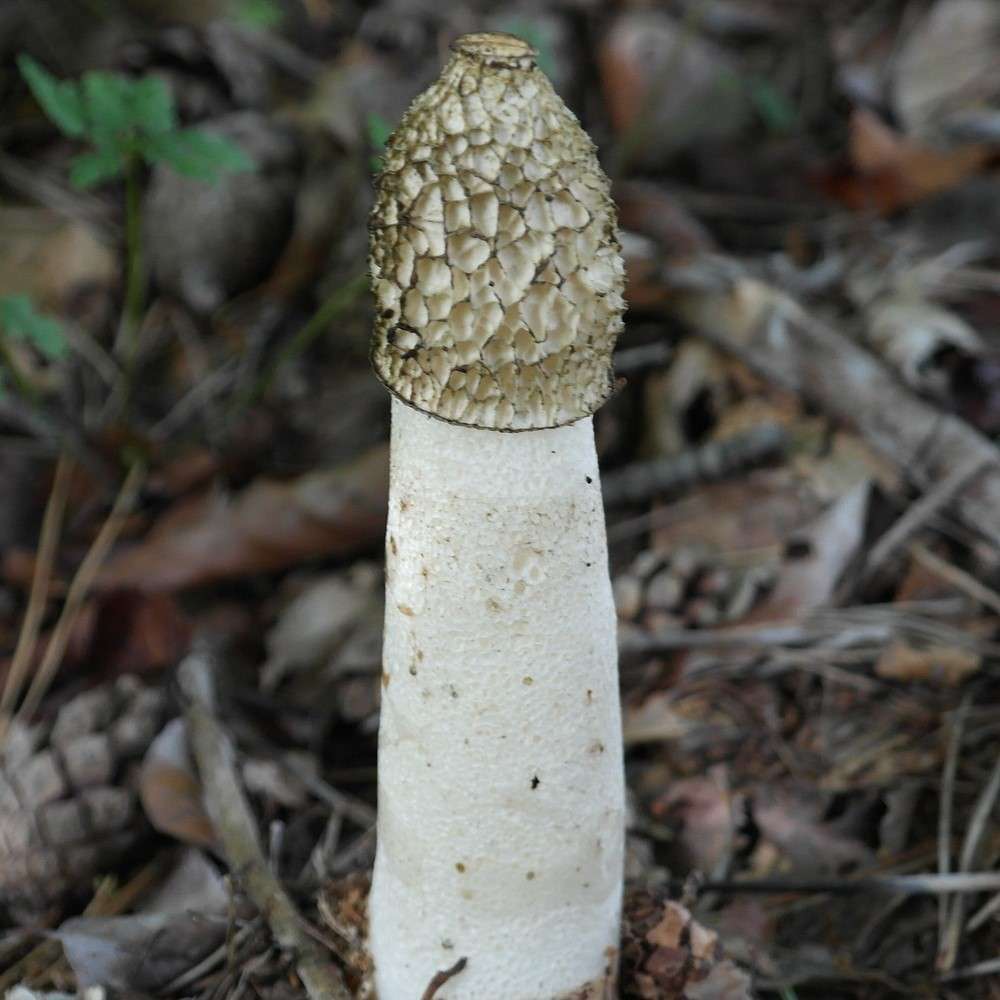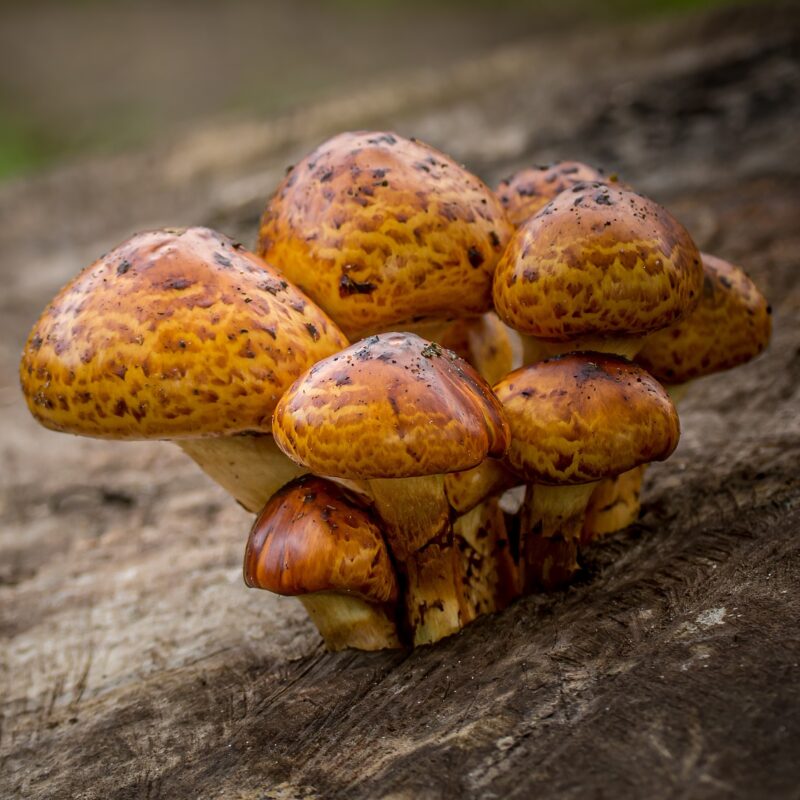Description
Properties
Beauveria bassiana is a fungus that grows naturally in soils throughout the world and acts as a parasite on various arthropod species, causing white muscardine disease; it thus belongs to the entomopathogenic fungi. It is used as a biological insecticide to control a number of pests, including termites, thrips, whiteflies, aphids and various beetles. Its use in the control of bedbugs and malaria-transmitting mosquitoes is under investigation.
The insect disease caused by the fungus Beauveria bassiana is a muscardine which has been called white muscardine disease. When the microscopic spores of the fungus come into contact with the body of an insect host, they germinate, penetrate the cuticle, and grow inside, killing the insect within a matter of days. Afterwards, a white mold emerges from the cadaver and produces new spores. A typical isolate of B. bassiana can attack a broad range of insects; various isolates differ in their host range. The factors responsible for host susceptibility are not known.
The Beauveria bassiana rarely infects humans or other animals, so it is generally considered safe as an insecticide. However, at least one case of human infection by B. bassiana has been reported in a person with a suppressed immune system. Additionally, the spores may exacerbate breathing difficulties. Wagner and Lewis reported the ability of B. bassiana to grow as an endophyte in corn.
A fungus attributed to B. bassiana was observed to cause infections in a captive American alligator and B. bassiana was implicated in causing a pulmonary disease in captive tortoises. The reptiles were in captivity and under temperature stress which may explain their susceptibility to the fungus. When a tortoise was kept at 22°C and injected with 0.5 mL of 106 spores of B. bassiana into the lung, no mortality was observed, while a second contaminated tortoise died when kept only at 16°C.I occurs in soils and acts as a parasite on various arthropod species, causing white muscarinic disease; it thus belongs to the entomopathogenic fungi. It is used as a biological insecticide to control a number of pests, including termites, thrips, whiteflies, aphids, and various beetles. Its use to control bed bugs and malaria-carrying mosquitoes is currently under investigation.
The insect disease caused by Beauveria bassiana is a muscardinosis called white muscardinosis. When the microscopic spores of the fungus come into contact with the body of an insect host, they germinate, penetrate the cuticle and grow inside, killing the insect within a few days. Subsequently, a white mold emerges from the carcass and produces new spores. A typical isolate of B. bassiana can infect a wide range of insects; different isolates differ in their host range. The factors responsible for host susceptibility are not known.
Preliminary research has shown the fungus is 100% effective in eliminating bed bugs exposed to cotton fabric sprayed with fungus spores. It is also effective against bed bug colonies due to B. bassiana carried by infected bugs back to their harborages. The tested strain of B bassiana caused rapid mortality (3 – 5 days) after short-term exposure. In a 2017 follow-up study, pyrethroid-resistant bed bugs had >94% mortality after treatment with a commercial preparation of B. bassiana.
A microevolutionary experiment in 2013 showed that the Greater wax moth (Galleria mellonella) was able to adapt its defense mechanisms during 25 generations, while being under constant selective pressure from the fungus B. bassiana. The moth developed resistance, but apparently, at a cost.
Spotted in St. Tammany Parish, Louisiana a Golden silk orb-weaver dead from white muscardine disease with white mold emerging from the cadaver’s joints and pores.
Beauveria bassiana parasitizing the Colorado potato beetle has been reported to be, in turn, the host of a mycoparasitic fungus Syspastospora parasitica. This organism also attacks related insect-pathogenic species of the Clavicipitaceae.
Beauveria bassiana can be used as a biological insecticide to control a number of pests such as termites, whiteflies, and many other insects. Its use in the control of malaria-transmitting mosquitos is under investigation. As an insecticide, the spores are sprayed on affected crops as an emulsified suspension or wettable powder or applied to mosquito nets as a mosquito control agent.
As a species, Beauveria bassiana parasitizes a very wide range of arthropod hosts. However, different strains vary in their host ranges, some having rather narrow ranges, like strain Bba 5653 that is very virulent to the larvae of the diamondback moth and kills only few other types of caterpillars. Some strains do have a wide host range and should, therefore, be considered nonselective biological insecticides. These should not be applied to flowers visited by pollinating insects.
Known targets include:
Aphids
Whiteflies
Mealybugs
Psyllids
Chinch bug
Lygus bugs
Grasshoppers
Stink bugs (Halyomorpha halys)
Thrips
Termites
Fire ants
Flies
Stem borers
Fungal gnats
Shoreflies
Beetles
Bark beetle
Black vine weevil
Boll weevil
Cereal leaf beetle
Coffee berry borer
Colorado potato beetle
Emerald ash borer (in conjunction with the parasitoid wasp Tetrastichus planipennisi)
Japanese beetle
Mexican bean beetle
Red palm weevil
Strawberry root weevil
Caterpillars
Codling moth
Douglas fir tussock moth
European corn borer
Invasive silkworms
Apple clearwing moth
Mites
1. Growing
Growing Procedure
For growing: Just put the medium, you want to put it on into a jar. Then sterilize it at 121°C for arround 1 hour (depends how much you use). Afterwards just inject the Liquid Culture in to it.
How to use Beauveria bassiana:
Using a Sprayer:
Once you have weighed your dose (2 to 4g/L):
Transfer into a hermetically sealed container
Add cold or room-temperature water (2 L of water for a 100 L tank)
Mix well for 30 to 45 seconds
Pour your premix into the spray tank
Rinse the premix container with water three times and add the rinse water to the spray tank
Prepare a fresh batch for each application
> apply where you see infections
Tips:
Apply Beauveria bassiana in the late afternoon, in the evening or on a rainy day
Beauveria bassiana spores are very sensitive to UV rays. For this reason, we advise you to apply this product in the late afternoon or evening.
Make sure the atmospheric humidity is favourable for application
Beauveria bassiana is a fungus, it prefers a humid environment. We recommend maintaining the relative humidity at 60% or higher during foliar applications.
With the right level of humidity, once the infected insect is dead, the fungus’ mycelium will emerge from the pest’s different sutures. The white filaments look a bit like cotton fluff. If a healthy insect comes into contact with the mycelium, it will also get infected and die.
Note that poor conditions (e.g. not humid enough, too hot, UV exposure) can stop the mycelium from developing outside the contaminated insect.
Make sure the ambient temperature is favourable
High temperatures can reduce the viability of the spores. Optimal application temperatures are between 18 and 29 ºC. Spores develop more slowly below 15 ºC and become inactive above 33 ºC.
S
|
P
|
F
|
|
|---|---|---|---|
Temp °C |
~26 | 30 | 20 |
Relative Humidity % |
90-100 | 80-90 | |
Duration d |
7-14 | 7-10 | 30-60 |
CO2 ppm |
>10000 | ||
FAE per h |
0-1 | ||
Light lux |
– | 1000 | 1000 |
Affiliate Partner
Growing
Agar Culture Media: MEA, PDA
Cropping:
Containers for fruiting:
Biological efficience:
Substrates: mix of rice & egg, prefers insect nutrition
Natural Habitat
On dead insects such as whiteflies, thrips, spider mites, Colorado potato beetle, corn borer, bark beetle, decaying redwoods and/or arthropod parasites, spring to late fall, very rare.
Growing Characteristics
Specific insects are often saved and others are again preferred hosts.
2. Identification
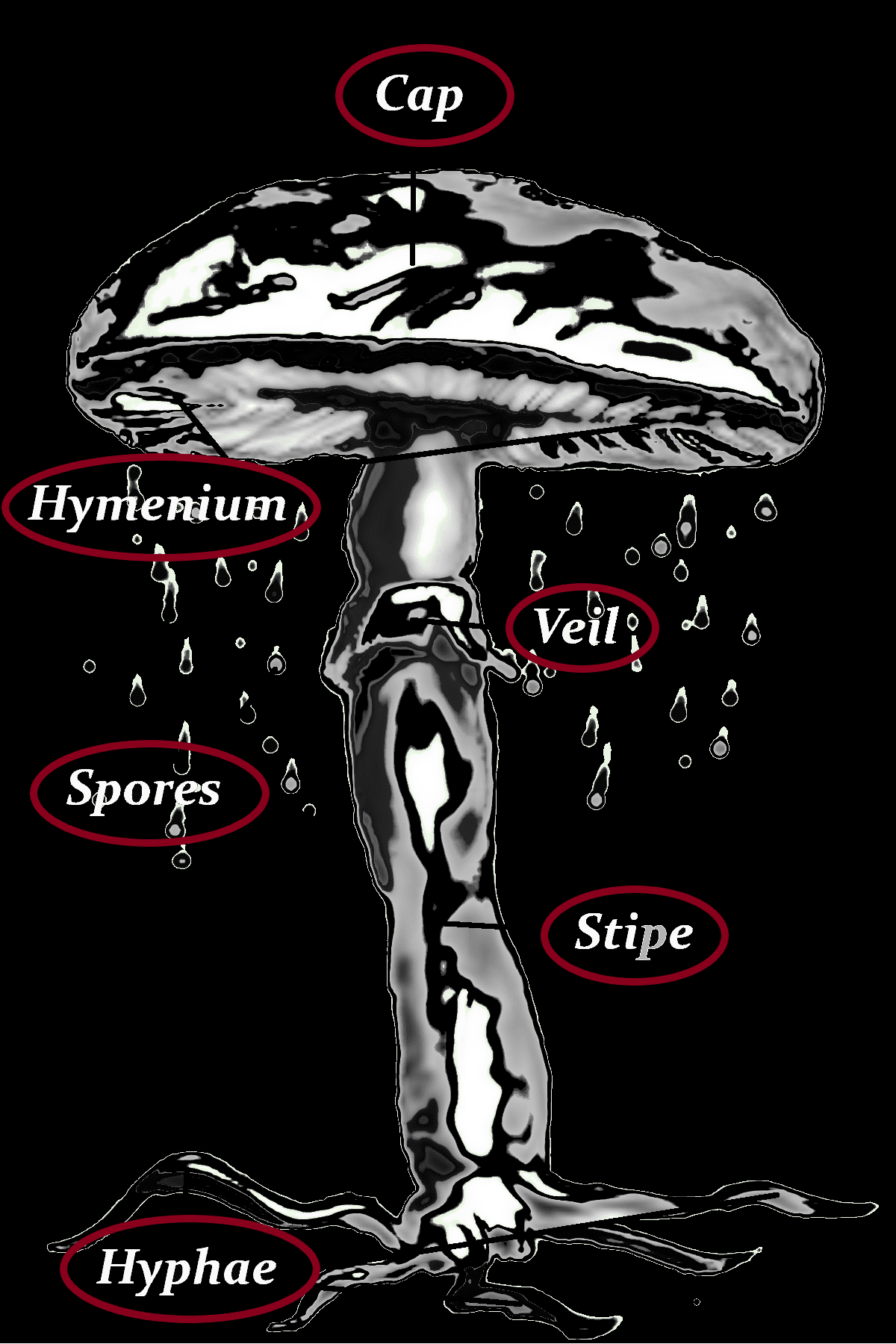
Cap
-1-3 (4) cm in diameter
-white
-granular
-growing like a head
-tufted
-emerge from the body of dead insects
Hymenium
–
Danger of confusion
Kammkoralle, Insektenkernkeule, Raupenkernkeule, Gestielter Insektenschimmelpilz, Puppenkernkeule
Spores
-white
-3.7-4.9 x 8-11 µm
-roundish
Veil
–
Stipe
–
Hyphae
–
3. Consuming
Gourmet
You should not eat this fungi.
Flesh
whitish
Taste
insignificant
Smell
neutral
Nutritional content
.
4. Data med, edible
other names
| Chinesisch (traditionell) | 巴氏蠶白僵菌 |
| Chinesisch (vereinfacht) | 球孢白僵菌 |
| Englisch | Icing sugar fungus |
| Koreanisch | 백강균 |
| Schwedisch | muskardinmögel |
| Wissenschaftl. Name | Beauveria bassiana |
| Wissenschaftl. Name | Cordyceps bassiana |
other names
Ungestielter Insektenschimmelpilz, Weiße Muskardinerkrankheit, Beauveria Bassiana, Botrytis Bassiana, Spicaria Bassiana, Penicillium Bassianum, Penicillium Densum, Beauveria Densa, Spicaria Densa, Isaria Densa, Sporotrichum Densum, Sporotrichum Globuliferum, Beauveria Globulifera, Botrytis Effusa, Beauveria Effusa, Sporotrichum Epigaeum Var. Terrestre, Botrytis Stephanoderis, Beauveria Stephanoderis, Sporotrichum Sulfurescens, Botrytis Stephanoderis F. Macroconidian, Beauveria Sulfurescens, Isaria Shiotae, Tritirachium Shiotae, Beauveria Shiotae, Botrytis Stephanoderis, Botrytis Bassiana Var. Lunzinensis, Beauveria Doryphorae
| Kingdom | Fungi |
|---|
| Division | Ascomycota |
| Class | Sordariomycetes |
| Order | Hypocreales |
| Family | Cordycipitaceae |
| Genus | Beauveria |
| Species | B. bassiana |
| Ecology | Parasitic |



